12 Ideas for Training New Employees
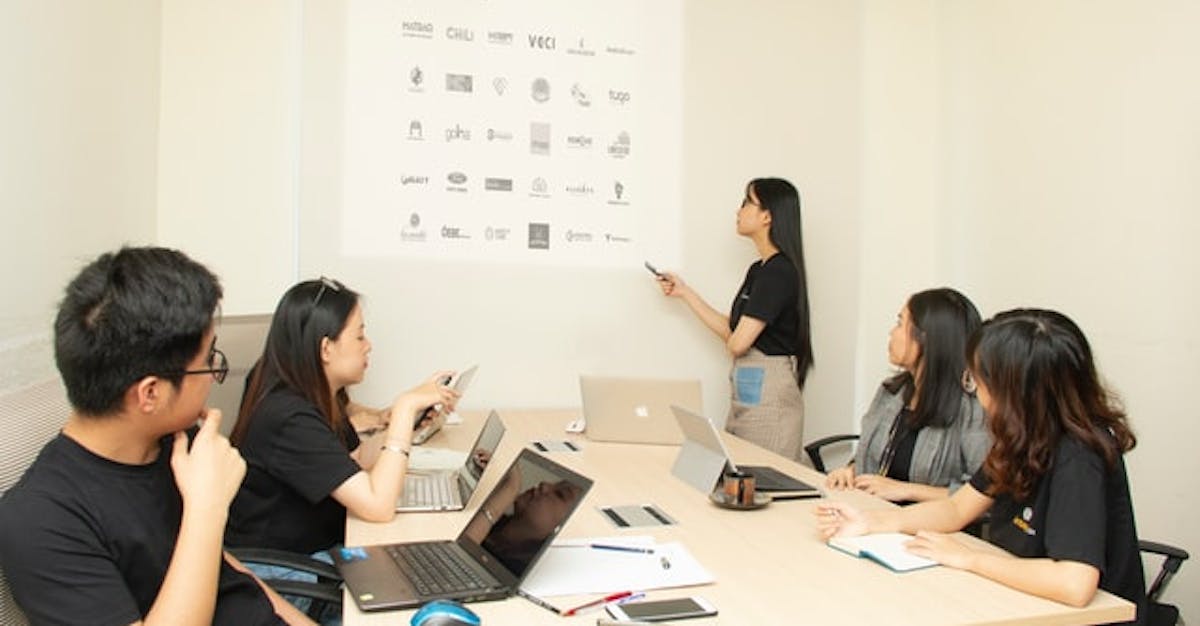
It’s no secret that training new employees is an important part of the employee journey. It sets a precedent for how long they’ll stay and how they can make significant contributions in the future. Most of the time, organizations spend a lot of time and resources to recruit top-notch talent only to see them leave in just a few months. According to a survey by Digitate, new employees who have had a negative onboarding training experience are twice as likely to seek other career opportunities. More often than not, this can be a result of a failure to follow through with effective training; however, there is tremendous potential for organizations to do more on this front.
If you’re in this situation and are stuck with your old ways of training, it’s high time that you reinvent your training program. Whether you’re doing product training or corporate compliance training, investing in fresh ideas can create a difference to help your new employees stay and grow. In return, you’ll have loyal employees who’ll be able to foresee a long-term career in your organization and help you reach success.
To help you achieve this, we’ve listed ten ideas for training new employees so you can provide an effective and holistic learning experience for them. Continue scrolling to find out how.
1. Microlearning
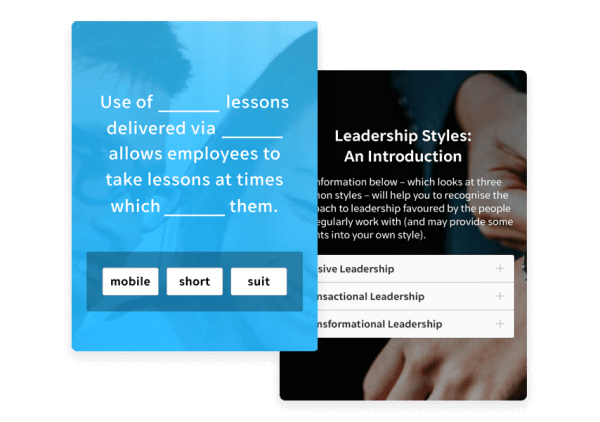
Microlearning uses highly targeted training content that can be completed in just a few minutes. It’s the perfect format to use if you want your new employees to get all the key information they need in the shortest time possible. But don’t be fooled by its bite-sized appearance. While lessons may be short, relevant information is presented using rich, engaging content that’s much easier to digest and retain. You can use all sorts of media, such as audio, video, graphics, and even games to capture your learner’s interest and attention. Due to their compact nature, microlearning courses can be made in an hour or less, which means that they can be quickly delivered to your teams. This is a huge advantage for L&D teams who need to keep up with fast-changing training goals and demands.
EdApp is an award-winning learning management system that champions microlearning to enhance the learning experience. With its user-friendly authoring tool and Canva integration, beautiful courses can be made easily without the need for any technical know-how. EdApp also houses a library of over 80 interactive templates that you can use to execute different learning techniques. If you need inspiration or are unsure of where to start, you can select from hundreds of courses created by the best in the business, which you can also edit and customize to tailor to your organization’s needs. Some of these courses include digital marketing courses, discrimination training courses,
2. Mobile learning
Mobile learning, or mLearning, means a lot more than just switching from your desk to your phone. It’s about utilizing smartphone technology to make training accessible across multiple devices at any given time. Mobile learning makes it possible for learners to take their training with them, learn anytime, and revisit if needed. It’s also cost-effective and time-efficient as it doesn’t require employees to sit for long hours in a classroom to learn.

As companies continue to see Millennials and Generation Z rise in their new hire population, it’s important that training is adapted to their learning style. As a mobile learning solution, EdApp recognizes this shift and leverages the use of smartphones to provide engaging training content through mobile learning. Learners can complete assigned courses in just a few minutes on their devices, making learning feel natural. EdApp courses are perfectly formatted for any device and work seamlessly on both iOS and Android.
3. Digital Whiteboards
Digital whiteboards elevate the learning experience of visual learners. Through platforms like Google Jamboard and Explain Everything, you can create dynamic visual lectures, animated illustrations, and even games to engage learners with your training content. Individual whiteboards can also be enabled for learners so they can answer questions and activities in real-time. New employees can also express their insights through a wide array of media, such as text, drawings, GIFs, animations, and images. It also boosts collaborative learning as everyone can pitch in their ideas all at the same time, which is perfect for remote brainstorming sessions during the training.
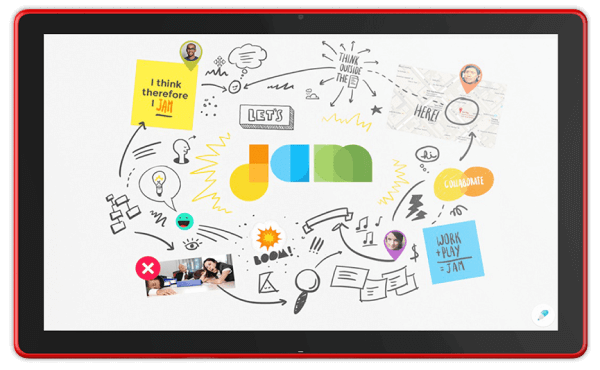
4. Online Quizzes
It would be a waste of time and resources if new employees won’t be able to understand and recall any of the information in their training. While not everyone is keen on taking quizzes, this is where we can see their value as they allow you to assess learning while also checking the effectiveness of training. Taking quizzes lets new employees know their strengths, which can help boost their confidence and motivate them to perform better. On the other hand, they’ll be aware of what areas they need to work on to encourage self-learning and improvement.
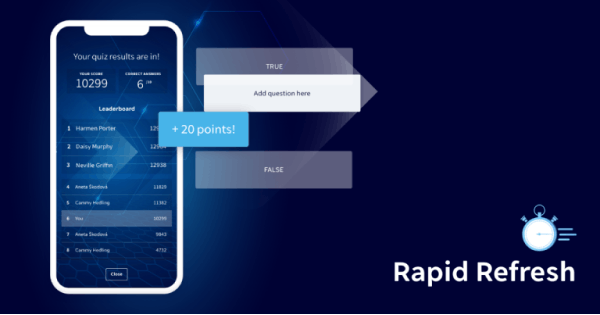
Creating quizzes isn’t always an easy task as there are a lot of things to consider, such as choosing the right questions and making sure that they’re purposely built. This is where using an online quiz creator comes in handy as it does the heavy lifting so you can focus more on the content of your assessments. With EdApp’s Rapid Refresh quiz maker, you just have to simply fill out the easy-to-complete spreadsheet and it will automatically be transformed into a quiz, ready to be rolled out with a click of a button. You’ll also have access to timely analytics to assess each learner’s performance and easily identify knowledge gaps.
5. Gamification
Research suggests that the use of play elements in a formal environment, such as work, can significantly boost employees’ engagement and interest. It’s an effective means of countering the lack of motivation and boredom associated with learning work-related information. Gamification examples come in different forms, such as simulations, competitions, prizes, and many more.

With EdApp, game design elements and principles, such as leaderboards, rewards, and scoring, can be used in your course content to promote user engagement. Its free template library also includes interactive games, such as a letter jumble game, jeopardy game, and memory game, ideal for teaching and reinforcing key concepts. You can also motivate new employees with EdApp’s Achievements, which involve customizable banners and badges that reward good learning habits.
6. Blended Learning
A blended learning approach benefits from the best of both worlds—traditional and digital learning. It considers the preferences of each learner, whether they are inclined to classroom-based face to face training or enjoy taking a self-paced course online. Blended learning saves time as employees can fit in learning whenever there’s an opportunity. It can also encourage self-learning as materials are accessible on their own devices, even after classroom training is done. On the other hand, L&D teams have more flexibility and can conveniently create training programs, thanks to emerging technologies like blended learning LMS, which can streamline tasks and activities.
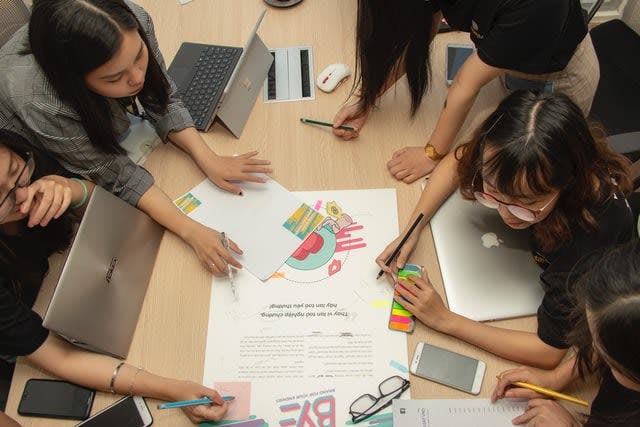
EdApp’s Virtual Classroom allows trainers to create a “classroom” where employees will be able to participate in different training sessions and access lectures assigned to them. With the forum-style Discussions feature, learners can immediately reflect, apply knowledge in text, image, and video form, and interact with each other’s findings as part of their course. You also can take a more structured approach with the Assignments feature, which allows learners to provide detailed responses to your targeted questions, tasks, or assignments. Video meetings can also be linked directly to a course using your favorite third-party video conferencing apps, such as Zoom and Google Meet.
7. Lunch and Learn
A lunch and learn is an informal learning example wherein a brief training session takes place during lunchtime as everyone enjoys their meal. This can be done either in person or virtually depending on your current work setup. A lunch and learn event brings people from all over your organization together in a casual atmosphere to collaborate and learn. These kinds of programs are ideal for training new employees as aside from learning, they’ll also be acquainted with co-workers, have the opportunity to foster connections, and assimilate well into your company.

8. Peer Learning
New employees come from varying backgrounds and each has their own experience that they can bring to the table. Through peer to peer learning, new employees take the lead in place of the trainer and share their knowledge and experiences that, oftentimes, are more relatable to their colleagues. This can make learning more engaging since the information is provided in a context that they can better understand and respond to.

Peer learning can be facilitated through different learning activities, such as employee-led workshops, group projects, and workplace mentoring.
9. Videos
Online video consumption is one of the most popular forms of entertainment, but can also be valuable when it comes to training new employees. Video learning stimulates learners and is great for grabbing their attention, especially when it involves compelling videos. Additionally, concepts can be thoroughly explained in a systematic and structured format. It’s also easier to understand and remember concepts associated with visual cues.

One advantage of videos is that they can be reused and distributed immediately by simply providing learners with a link. However, one of its drawbacks is that they are static in nature. They aren’t always easy to edit and repurpose if corrections or new information needs to be added.
10. Podcasts
Podcasts have also seen a boom in popularity and have become part of mainstream media. Alongside videos, they are now being adopted as an alternative way of learning. Just like videos, podcasts started as a platform for entertainment, where creators voice out their thoughts and opinions on a certain topic. It has since evolved to be used for educational purposes due to its practicality.

There is value in using podcasts to train new employees due to their ease of accessibility and round-the-clock availability. One can simply download a podcast on their smartphone or listen online while doing tasks that aren’t mentally demanding, such as during a daily commute to work or while on a lunch break, to maximize the use of their time. It’s a great alternative for those who don’t have the patience to read long texts or lengthy videos. However, as they’re also static in nature, it’s best to use them for supplemental training.
11. Spaced repetition training
The spacing effect, which creates temporal intervals between study sessions, is used in spaced repetition training. Instead of swamping your learners with information all at once, the online training materials will be delivered and retaken at increasing intervals. This idea for training new employees makes sure that your team remembers and saves new information in their long-term memory.
12. Self-paced learning
Self-paced learning, as the name implies, is a type of idea for training new employees that entails studying at your own time and pace without any direction or supervision. It supplements formal training by allowing for content to be reviewed and revisited as required. Learners may also take their time and return as frequently as they like to focus on more difficult topics.
You might also be interested in:
New Employee Training Plan Template 2021
How To Hook Your New Employees To Their Training
How your LMS can help with onboarding new employees
Curated course examples
Author
Gabrielle Rivera
Gabrielle is an eLearning content writer for EdApp, a microlearning solution designed for today's digital habits. She creates content about cutting-edge learning technologies and resources to help companies deliver great training experiences. When not absorbed in writing, she spends her time playing video games and reading books.
